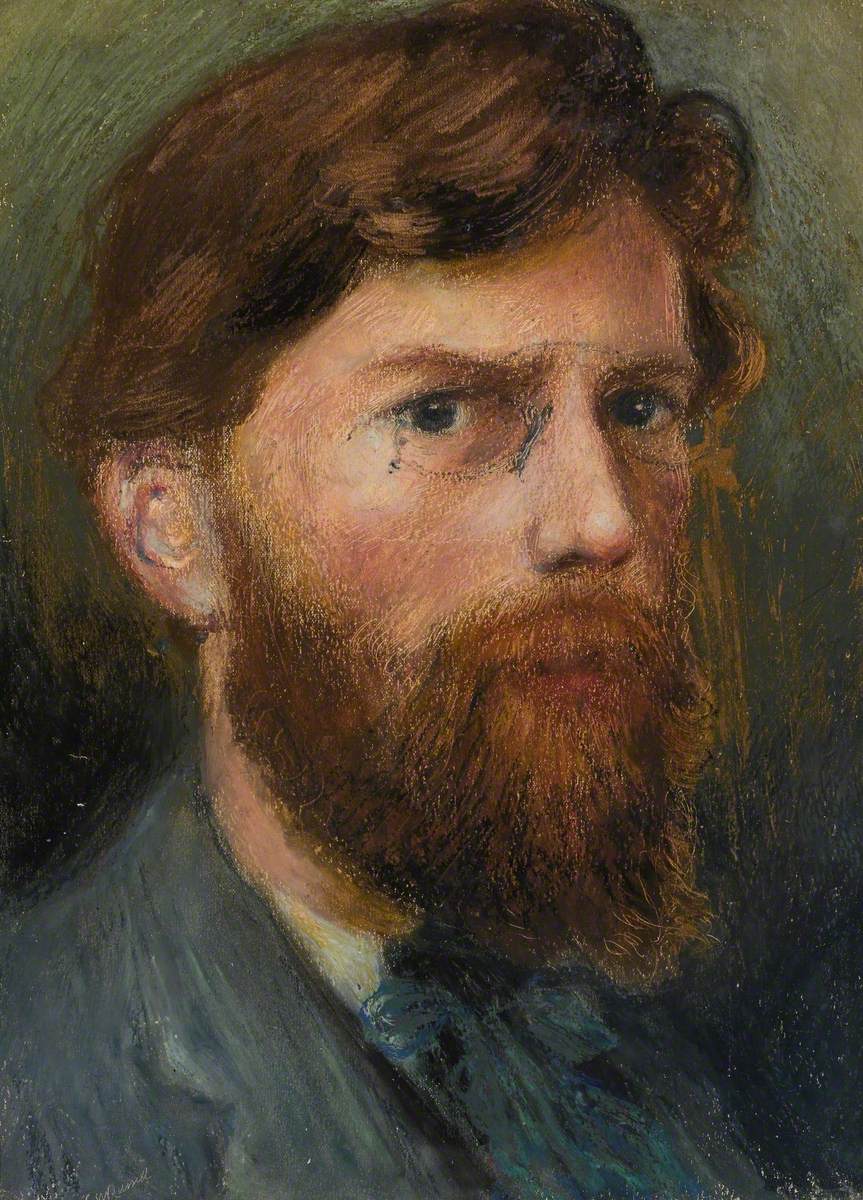
George Russell (Æ)
George Russell, or Æ as he became better known, was regarded as a hugely influential figure in Irish history and was highly respected across the world. He was a poet, artist, editor, social activist, philosopher, and mystic, and was a key figure in Ireland’s cultural revival.
On 10 April 1867, George William Russell was born in Lurgan, Co. Armagh. His father, Thomas Elias Russell, was a bookkeeper and his mother, Marianne (neé Armstrong), was a full-time homemaker. He had an older brother and was devastated by the death of his sister Mary at the age of 18. He was educated at the Model School in Lurgan.
The family moved to Rathmines in Dublin in 1878, and he attended art classes at the Metropolitan School of Art where he and fellow student W.B. Yeats became friends.
After leaving school, Russell held a range of jobs, including a clerical position with Pim’s drapers. He went on to pursue a career with the Irish Agricultural Organisation Society (IAOS), where he played a key role in agricultural reform within the rural communities. Russell is probably best known for his work as an artist and poet, as well as for his involvement in political affairs of the early 20th century. He was truly a myriad-minded man, who greatly influenced his many friends and followers, and whose influence is still felt today.
Agricultural Reform
In 1897, Russell was employed by the Irish Agricultural Organisation Society (IAOS), becoming its Assistant Secretary in 1898. Founded by Horace Plunkett, the IAOS aimed to establish co-operative societies in dairy farming and credit banking. It helped dairy farmers to adopt new technology, supported their transition from being tenants to proprietors and helped to rebalance the relationship between farmers and local traders. Russell played a key role in expanding the co-operative movement and by 1914 there were over 800 co-operative creameries. He made effective use of “Irish Homestead”, the IAOS weekly journal, to do this, becoming its editor in 1905.

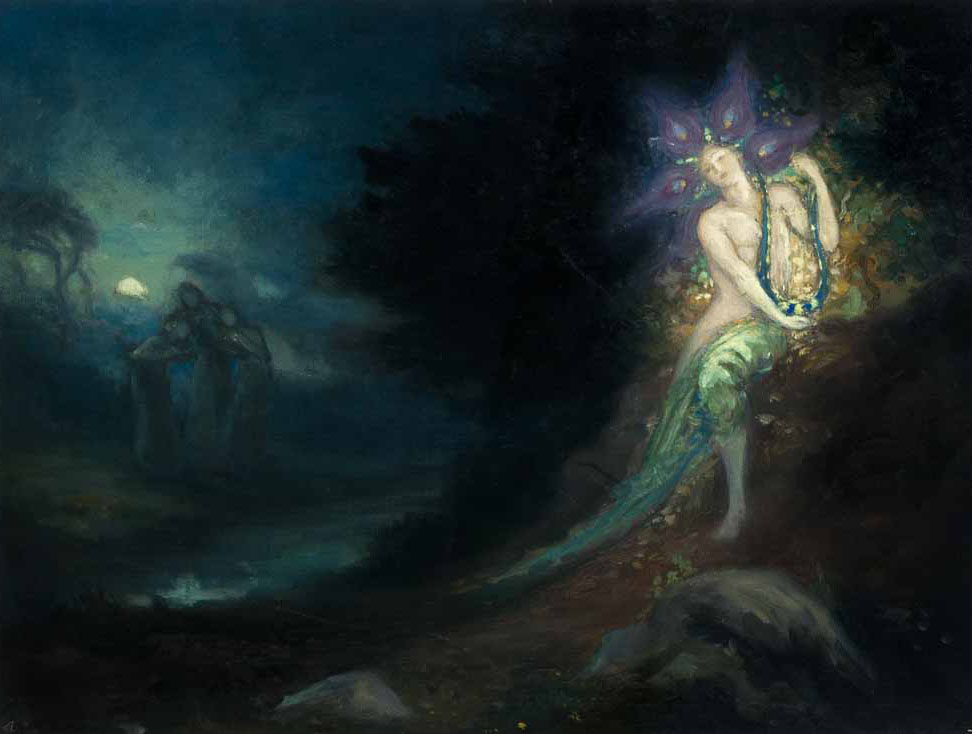
Artist
Russell listed his chief profession as ‘artist’ in the 1911 Census and conceded that it had been his life’s wish to paint full-time. While his landscapes received positive critique, due to the complicated iconography of his mystical images, much of his work proved incomprehensible. Themes and concepts employed centered on his belief in his visions of the sidh, the gods of pre-Christian Ireland assimilated with theosophical doctrine, which he attempted to transmute onto canvas. As a result, in the years subsequent to his death his artistic reputation declined.
Poet
Russell was a prominent figure in Irish poetry, renowned for his profound contributions to the country’s literary landscape. His poetic works delve deep into themes of spirituality, nature, and Irish folklore, captivating readers with their mystical and visionary essence. His writing style, characterized by vivid imagery and rich symbolism, reflects his deep connection to the Irish cultural heritage. Alongside fellow luminaries of the Irish Literary Revival such as W.B. Yeats and Lady Gregory, Russell played a pivotal role in revitalizing Irish literature, leaving an indelible mark on the poetic tradition of Ireland.
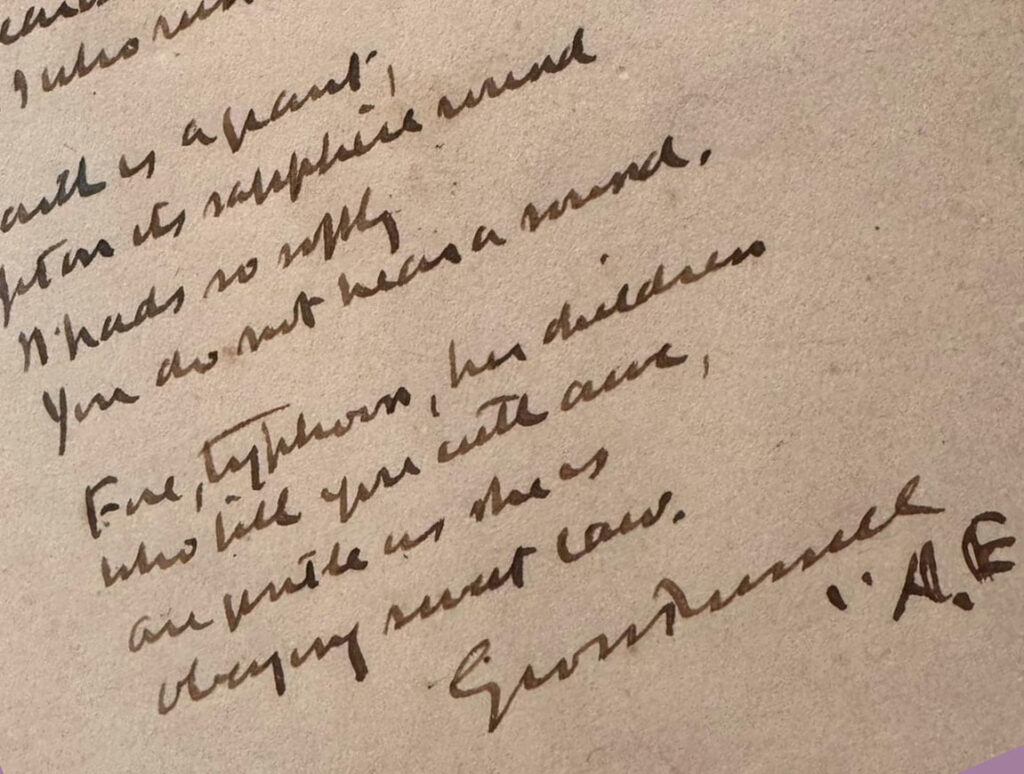
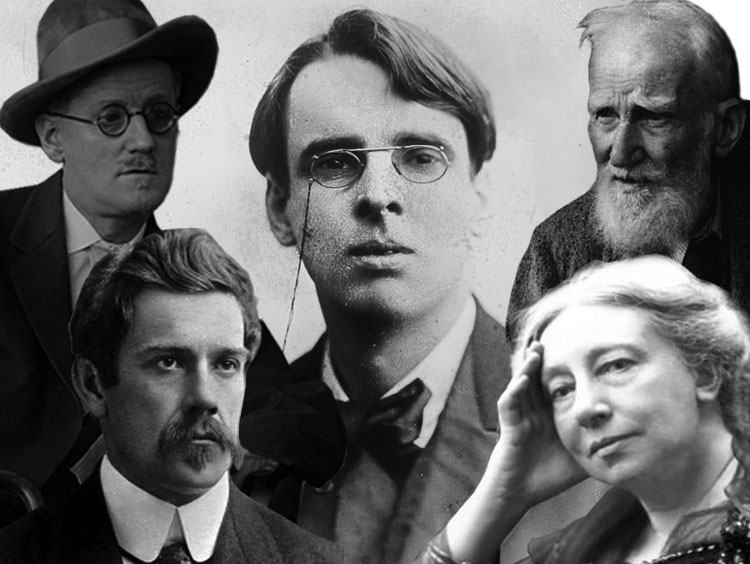
Irish Literary Renaissance
Russell made significant contributions to the Irish Literary Revival as a poet, writer, and intellectual figure. He was deeply involved in promoting Irish culture and nationalism, particularly through his work as an editor for the influential literary journal “The Irish Homestead” and later “The Irish Statesman.” Alongside figures such as W.B. Yeats, Lady Gregory, and John Millington Synge, AE helped shape the literary landscape of Ireland in the late 19th and early 20th centuries. His mystical poetry and prose, infused with themes of spirituality and folklore, played a crucial role in revitalizing Irish literature during this period of cultural resurgence.
Editor and Critic
Russell was editor of the Irish Homestead (1905- 23), the journal of the Irish Agricultural Organisation Society. In addition to its agricultural content, its annual supplement Celtic Christmas featured illustrations of artwork as well as literary contributions including ones from Russell, other leading figures in the Revival and the young James Joyce. Russell also wrote art criticism for Irish Times and was editor of The Irish Statesman (1923-30) where, in addition to his extensive reviews of art, he held forth his vision of a non-sectarian Irish society and criticised the Censorship of Publications Act 1929.
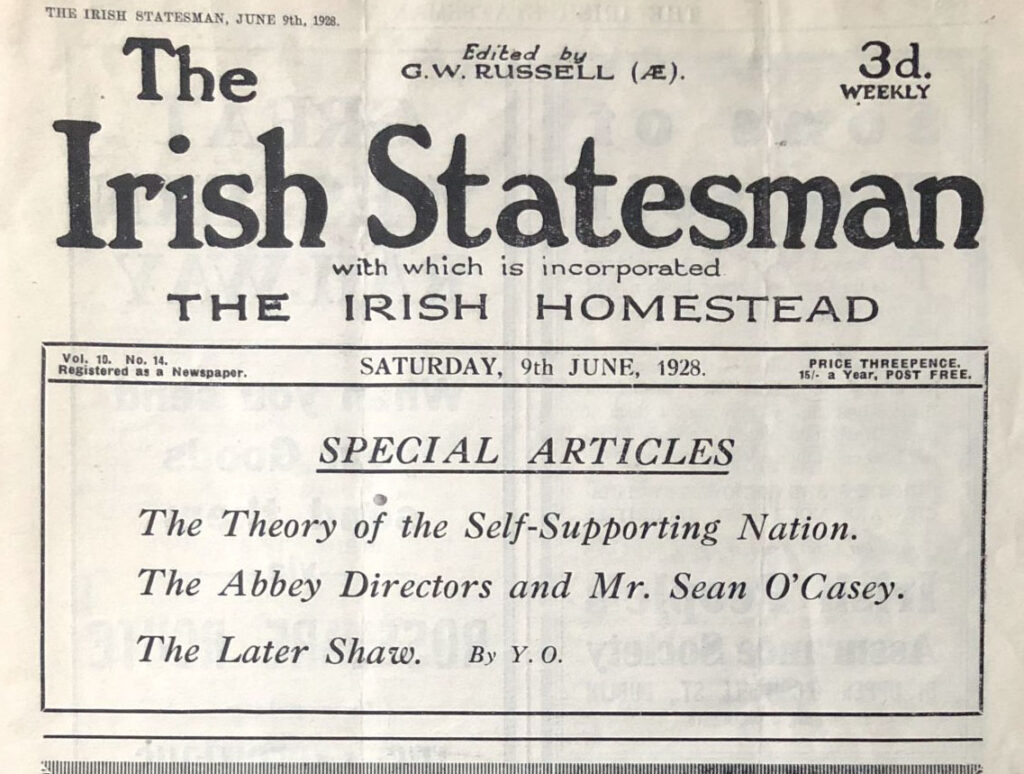

Mystic
As a young boy, Russell spent summers in Armagh where he began to experience supernatural visions, which continued into adulthood. In 1891 he joined a commune at 3 Ely Place, headquarters of Theosophical Society. He contributed articles to mystical journals such as Lucifer and The Irish Theosophist and adopted his mystical pen-name, ‘Æ’, an energy from eternity. In The Candle of Vision (1920) he conveyed his belief that we came from the stars and are homesick for our cosmic origins.
